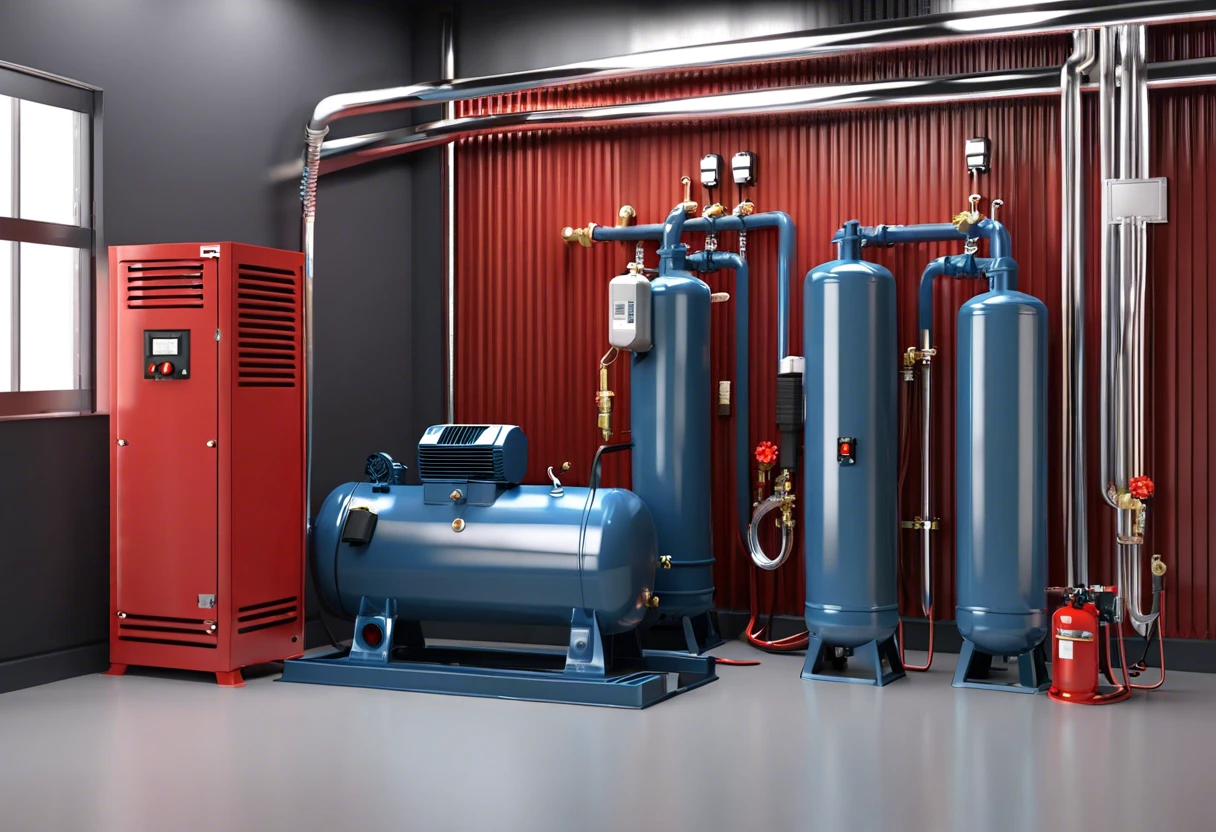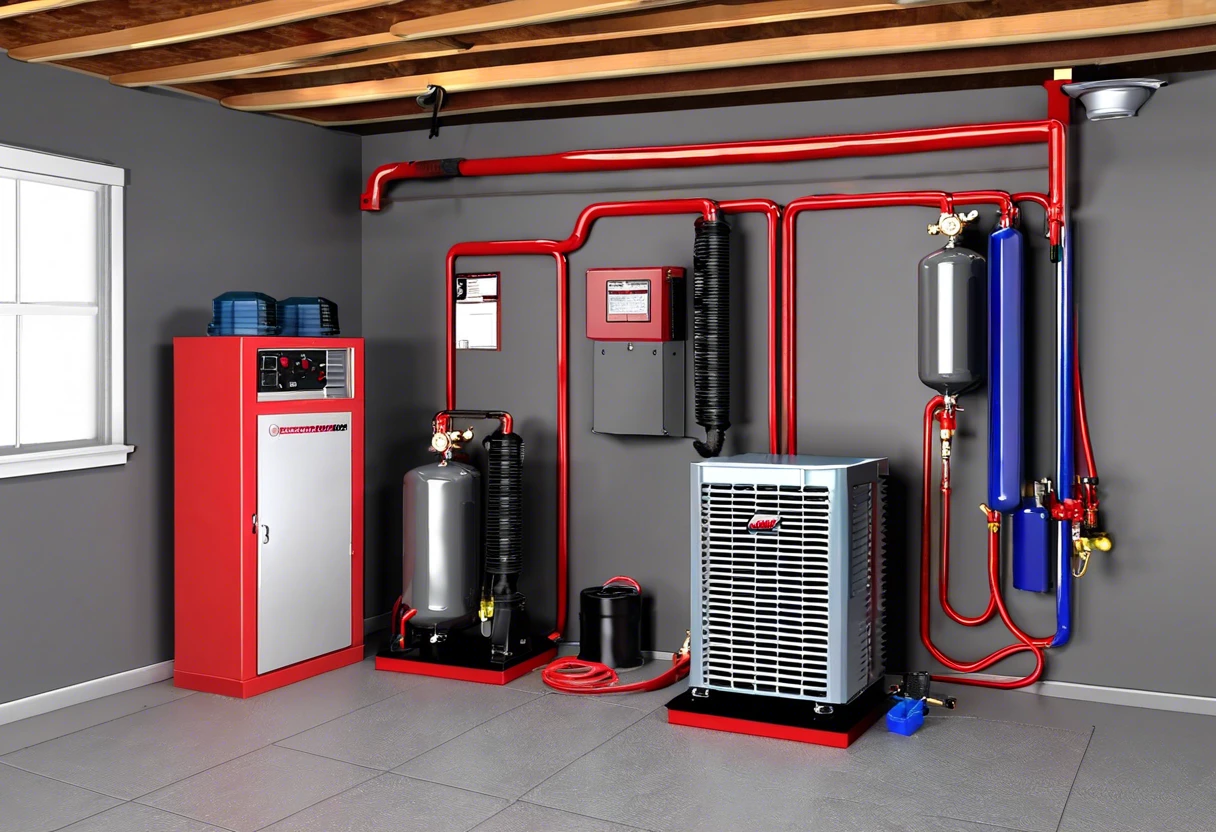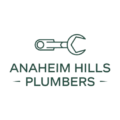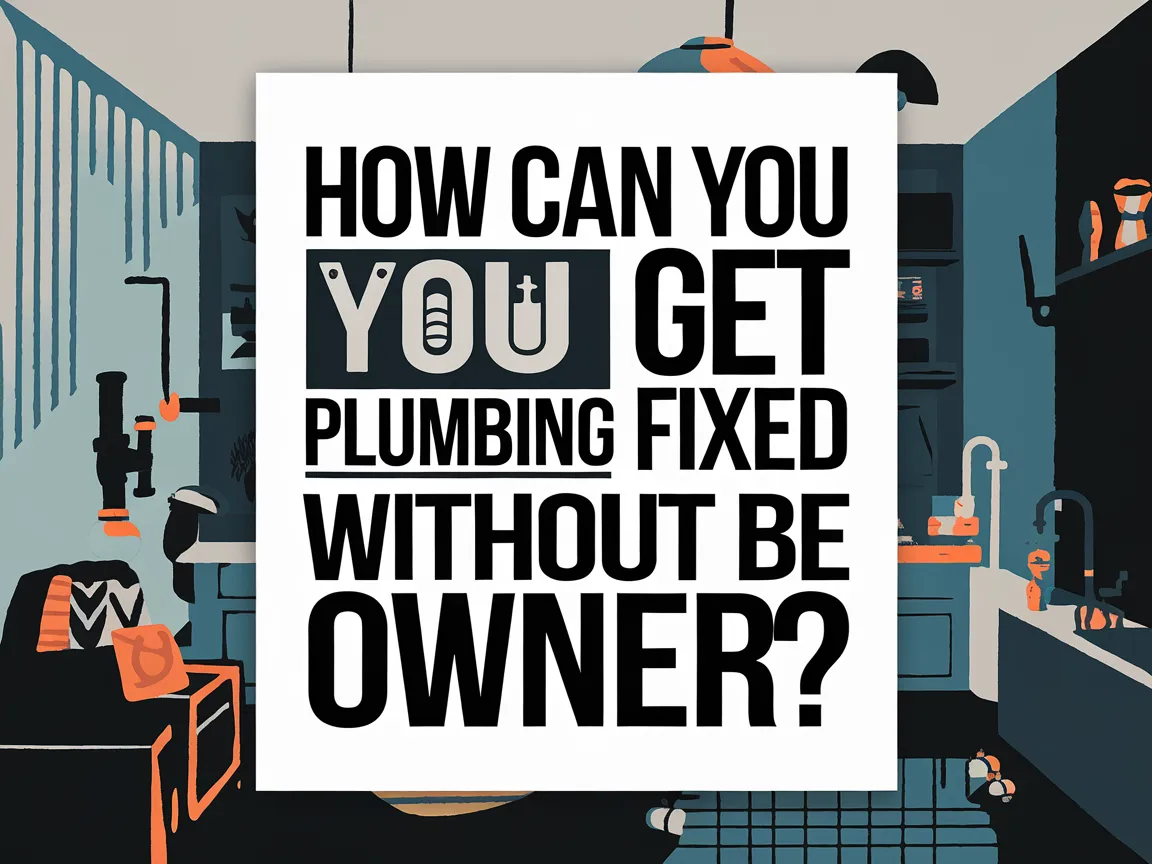Plumbing Air Compressor Lines: Your Complete Guide
Published on: March 28, 2025 | Last Updated: March 28, 2025
Written By: anaheimplumbers
Hey there! If you’re diving into the world of air compressor lines, you’re in the right spot. Whether you’re eager to power up your workshop with some essential tools or looking to tackle a project that requires that extra air boost, understanding how to plumb air compressor lines can feel a bit overwhelming.
I totally get it—I’ve been there! After years of handling plumbing projects around Anaheim Hills, I’ve developed the best methods to setup air lines for smooth and efficient operation. Don’t fret; I’m here to guide you through every step of plumbing air compressor lines tailored to your specific needs.
So here’s the plan: I’m going to walk you through key aspects like understanding the plumbing systems and components, helpful setup tips, associated costs, and even when you might want to call in the pros for expert plumbing services. By the end of this, you’ll be ready to tackle that project like a champ!
Page Contents
- 1 How to Plumb Air Compressor Lines?
- 2 Key Takeaways for Successful Air Compressor Plumbing
- 3 Understanding the Process of Air Compressor Plumbing
- 4 Related Concepts and Tips for Air Compressor Line Setup
- 5 Understanding the Importance of Air Compressor Line Ventilation
- 6 How Much Does It Cost to Plumb Air Compressor Lines?
- 7 When to Call in Experts for Air Compressor Plumbing Services
- 8 Frequently Asked Questions About Air Compressor Plumbing
- 9 Final Thoughts on Plumbing Air Compressor Lines
- 10 Useful References for You:
How to Plumb Air Compressor Lines?
Absolutely, you can plumb air compressor lines effectively. Start by choosing appropriate materials like PVC or copper piping along with the proper connectors. It’s crucial to consider pressure ratings and implement moisture traps to avoid common issues. And always check local codes for compliance!
Key Takeaways for Successful Air Compressor Plumbing
As you dive into this article, you will gain solid insights. Here are the main takeaways to remember:
- Understand how to plumb air compressor lines effectively.
- Familiarize yourself with the costs associated with the plumbing to budget wisely.
- Learn when to tackle the project yourself and when to call in the experts.
- Acquaint yourself with concepts that can enhance your air compressor line setup.
Understanding the Process of Air Compressor Plumbing
Essential Tools and Materials Required for the Job
Before jumping into the plumbing of air compressor lines, you need to gather your essentials. Tools you’ll require include PVC or black iron pipe, pipe fittings, a pipe wrench, Teflon tape, and, of course, an air compressor. Don’t forget your safety gear; gloves and goggles can go a long way! If you’ve tackled a similar project before, you know that investing in quality tools can save you hours of headaches later.
Step-By-Step Guide to Plumb Air Compressor Lines
Let’s get into the details of how to plumb air compressor lines. When I set mine up at home in Anaheim Hills a couple of years back, I started by sketching an air compressor plumbing diagram. This helped me visualize the layout and minimize unnecessary bends in the piping. Once it was time to install, I organized my workspace to avoid hiccups—stay organized for success!
Common Mistakes to Avoid When Plumbing Air Compressor Lines
Now, let’s discuss common pitfalls to avoid while plumbing those air compressor lines. I remember my first setup—I initially opted for cheaper piping instead of quality black pipe and ended up with leaks soon after. Choosing the right materials is half the battle; don’t cut corners!
When learning ‘how to plumb air compressor lines,’ ensure your piping runs are as straight as possible. Always consider air demand—how many tools will you be using simultaneously? Each tool typically requires about 4.44 L/min (0.15 Cfm)—easy math!
Elevation changes can make the installation process tricky. I once helped a friend in The Valley with his garage setup that took a full two days to get right! Always slope your lines back to the compressor to prevent moisture buildup, especially during fluctuating humidity seasons.
Lastly, my extensive experience in city regulations here taught me that adherence to local codes is crucial. You want to avoid unwanted inspections, trust me! If I had invested more effort into understanding air compressor piping diagrams, I would have found the install process much smoother.
Now that you have insight into air compressor plumbing, let’s discuss related concepts and tips.
Also See: What is a Stoppage in Plumbing? Let’s Break It Down!

Related Concepts and Tips for Air Compressor Line Setup
This section will provide you with my essential tips and insights garnered from years of experience, particularly regarding the setup of air compressor lines in our sunny Anaheim Hills. You’ll discover how to effectively use diagrams, select kits, and choose the right materials throughout the process. Moreover, if you’re looking to broaden your plumbing expertise, it’s crucial to understand the steps to get a plumbing license in Anaheim Hills. This knowledge will ensure that you are properly certified and compliant with local regulations.
Understanding Air Compressor Plumbing Diagrams
When I first started plumbing air compressors, I heavily relied on diagrams to guide me through the process. These diagrams vividly illustrate how air flows throughout the setup, helping to prevent costly mistakes. For anyone looking to install an air compressor, searching for an air compressor plumbing diagram provides a clear pathway for your installation—an invaluable resource for both beginners and seasoned pros alike. Furthermore, understanding how to plumb air compressor lines correctly is essential for ensuring that your system operates efficiently and effectively at all times. For more detailed technical specifics on this process, check out this comprehensive guide on how to plumb air compressor lines.
Choosing the Right Air Compressor Plumbing Kit
Selecting the right air compressor plumbing kit can lead to straightforward installation and reliable performance. A neighbor of mine recently tackled their project with a comprehensive kit, and they loved how easy everything came together! Remember, choosing quality matters. Cost-saving on cheap kits might lead to significant issues down the road.
Best Pipe Materials for Air Compressor Lines
In my experience, copper pipe remains a classic choice for plumbing, but alternatives like PVC and aluminum also offer viable benefits. Each material has its own set of advantages and disadvantages, making it essential to select the right type for specific projects, particularly when it comes to pool plumbing. For instance, I recently undertook a garage project using PVC; I found it to be lightweight and incredibly user-friendly. If you’re thinking about using PVC for your pool installation, it’s vital to understand which type will provide the best performance. To guide you in making an informed decision, be sure to check out what type of PVC for pool plumbing to ensure you make the best choice!
Air Compressor Piping Diagrams and Practical Tips
Having a solid air compressor piping diagram in hand is like having a game plan for a crucial playoff game. Layout your pipes logically to avoid complications. Keeping runs as short and straight as possible will facilitate optimal airflow!
Setting Up an Air Compressor in Your Home Garage
Last summer, I set my compressor up in the garage, and it made a remarkable difference. Position your compressor close to your main workbench to minimize the hassle of dragging hoses around!
A Guide to Air Compressor Pipe Fittings
Pipe fittings are fundamental to air compressor lines. A colleague of mine once tried to save money on fittings, but he ended up with leaks everywhere! This experience reinforces the importance of selecting strong and reliable fittings to ensure unhampered air flow. Moreover, making poor choices in plumbing pipes can result in significant issues down the line. If you’re interested in learning more about the types of plumbing pipes to avoid, visit this guide on bad plumbing pipes for valuable insights.
Using Black Pipe for Air Compressor Lines: Advantages and Disadvantages
Black pipe is renowned for its durability, yet its installation can pose challenges. I remember a particular job where I encountered rusting edges due to a mishap, underscoring the importance of being well-informed about installation techniques—after all, it’s always better to be safe than sorry! Additionally, proper venting plays a vital role in maintaining the efficiency of your plumbing system. Understanding what a wet vent is can significantly help in mitigating issues like the one I experienced. To learn more about this crucial aspect, you might want to explore wet vents in plumbing.
Optimal Air Compressor Lines for Garage Applications
For a garage setup, I suggest a combination of short runs and appropriate connections for seamless operation. Long stretches can lead to pressure drops—keep your lines organized like I did for a satisfying finish!
- Review air compressor plumbing diagrams before starting for a guided setup.
- Choose the right air compressor plumbing kit to ensure you have all necessary components.
- Select the most suitable pipe material for your air compressor lines based on specific needs.
- Keep air compressor piping diagrams handy for quick reference and practical setup tips.
- Strategically place your air compressor in your home garage for maximum efficiency.
- Opt for quality air compressor pipe fittings to avoid leaks.
- Consider the advantages and disadvantages of using black pipe for air compressor lines.
- Design optimal air compressor lines in your garage to maximize operational performance.
You should now have a solid understanding of related concepts and setup tips for air compressor lines. Next, let’s discuss the significance of proper ventilation in air compressor line setups.
Understanding the Importance of Air Compressor Line Ventilation
Ventilation is often underestimated, yet it plays a critical role in your air compressor setup. Let’s explore why ventilation matters and how to ensure brainy airflow.
Why Ventilation is Key for Air Compressor Systems
Fresh air isn’t just a bonus—it directly affects your air compressor’s performance. Without adequate ventilation, heat and humidity can accumulate, forcing your compressor to work harder and diminishing its lifespan. During those hot California summers, I’ve seen compressors overheat due to insufficient air circulation!
Methods for Ventilating Air Compressor Lines
- Install Breather Ports: Adding these ports facilitates air circulation and heat dissipation.
- Use Ventilation Fans: A quality fan can work wonders; I remember installing one for a neighbor that dropped their compressor’s temperature by 10 degrees!
- Maintain Open Space: Always ensure at least three feet of clearance around your compressor to promote airflow. My garage is structured to keep clutter away from my compressor for this very reason.
Signs Your Compressor Needs Better Ventilation
If your compressor is frequently tripping its thermal overload switch, poor airflow may be to blame. Keep an eye out for:
- Overheated components,
- Increased noise levels,
- Frequent cycling on and off.
Impact of Local Climate on Ventilation Needs
Living in Anaheim Hills means navigating variable climates that can swing from hot and dry to cool and humid. As such, it’s essential to tailor your ventilation setup to align with the local weather patterns. For instance, I once adjusted a friend’s compressor during fire season, adding screens to keep out dust while still allowing for optimal airflow. Striking the right balance is crucial! Additionally, if your project requires digging for plumbing work, it’s important to secure the necessary permits for excavation in the area. Understanding how to obtain a plumbing permit is key to ensuring your project complies with local regulations. For more information on this process, check out how to get a plumbing permit for excavation.
This wraps up our look at the significance of proper ventilation for air compressor lines. Now let’s consider the costs involved in plumbing air compressor lines.
How Much Does It Cost to Plumb Air Compressor Lines?
When plumbing air compressor lines, it’s important to consider the potential costs, which can vary significantly. DIY projects might set you back around $200, while professional installations could exceed $1,500, depending on your specific setup. Additionally, many people tend to overlook potential extra expenses such as permits or unforeseen repairs. Therefore, I recommend budgeting at least $1,000 as a safety net. To gain a deeper insight into how various factors can influence your plumbing costs, you can explore details on how much new plumbing costs in different scenarios.
In my experience in Anaheim Hills, jobs often take a few days to complete, particularly when you encounter issues like snagged pipes or the need for additional fittings. For instance, I assisted a friend named Susan with her project, and her costs unexpectedly surged from $800 to nearly $1,200 due to hidden leaks. If you find yourself needing to replace old equipment, it’s crucial to consider who will handle the installation, especially in situations like when a plumber installs a water heater in Anaheim Hills. To ensure you find a reliable professional, you can check out this resource on plumber services in Anaheim Hills.
Cost Breakdown of Plumbing Air Compressor Lines
| Materials | Labor Costs | Unanticipated Expenses |
|---|---|---|
| $150 – $600 (Pipes, Fittings, Compressor Hoses) | $50 – $100/hour (Professional Fees) | Permits: $50 – $200; unexpected repairs: $100+ |
Now that we’ve covered expenses related to plumbing air compressor lines, let’s explore when to consult professionals for assistance.

When to Call in Experts for Air Compressor Plumbing Services
Have you ever found yourself struggling with your air compressor, uncertain whether it’s time to seek help? If you’re dealing with persistent leaks or finding that your compressor setup demands a more intricate connection than simply tightening a few screws, it’s definitely time to consult the experts. It’s essential to find a plumbing professional who specializes in air compressor lines; they possess the expertise to navigate the unique challenges of these systems effectively. From my own experiences—both triumphant and challenging—I’ve discovered that local plumbers often excel in handling complex installations while ensuring compliance with city regulations. In many cases, you may even need to loosen plumbing fittings for a proper fit and optimal operation of your equipment.
Benefits of Hiring Local Anaheim Hills Plumbing Experts
A significant advantage of hiring a local expert is their knowledge of Anaheim Hills’ unique plumbing regulations; they can efficiently follow local codes and complete uncommon installations with ease. A recent project I tackled required tight connections and strict code compliance, but thanks to my connection with professionals at Anaheim Hills Plumbers, we wrapped up the job without any hitches.
Complying with local plumbing regulations is essential, particularly when considering the intricacies of how to plumb air compressor lines in Anaheim Hills, CA. Adhering to these guidelines ensures that everything operates smoothly and safely. A key aspect of this process is accurately bidding on plumbing jobs, which not only helps maintain compliance but also allows for effective resource management. To deepen your knowledge on this subject, you can explore how to bid a plumbing job.
Frequently Asked Questions About Air Compressor Plumbing
I’ve encountered numerous questions regarding air compressor plumbing, so let’s dive into some FAQs that can clarify matters.
What is the Best Piping for Air Compressor Lines?
The ideal piping for air compressor lines typically includes aluminum or black iron, as they handle high pressure effectively without risk of leaks. Using appropriate materials ensures optimal performance for your air compressor setup.
Can I Use PVC Pipe for Air Compressor Lines?
Using PVC pipe for air compressor lines is not advisable due to its inability to endure high pressure, which poses risks of dangerous blowouts. For safety and efficiency, it’s crucial to choose more suitable materials. If you are exploring alternative plumbing components, understanding how a gate valve works in plumbing can greatly affect your system’s performance. You can learn more about this important component in this detailed explanation of gate valves.
Can PEX Be Used for Compressed Air Lines?
No, PEX is unsuitable for compressed air lines due to degradation possibilities from heat and compression, which can lead to failure over time. Choosing the right piping is essential for reliability and safety.
What Are the Typical Air Compressor Line Fittings Required?
Common air compressor line fittings, such as quick-connect couplers, elbows, and tees, are essential for effectively managing and directing airflow. These fittings play a critical role in establishing a reliable and efficient air compressor setup. To enhance the adaptability of various pipe sizes within your plumbing system, employing a reducer fitting simplifies the connection process and promotes optimal flow management. For a deeper understanding of the significance of using such fittings in your plumbing system, you can explore more at why you need a reducer fitting.
How Can I Prevent Moisture in Air Compressor Lines?
You can avoid moisture in air compressor lines by installing a moisture trap or filter to eliminate excess humidity from the air. Keeping your lines dry enhances the reliability and efficiency of your compressor system.
Final Thoughts on Plumbing Air Compressor Lines
We’ve covered essential steps for how to plumb air compressor lines, including understanding the overall process, tips for effective setup, associated costs, and when to engage professionals if needed.
If you’re wondering how to plumb air compressor lines, it essentially involves planning your layout, securing the necessary materials, and ensuring optimal airflow efficiency. For expert assistance, check out our services at Anaheim Hills Plumbers. Reach out through our chat function for a quick quote estimation and connect with skilled plumbers effortlessly.
Useful References for You:
- Building Division, City of Anaheim Hills Area Development Standards
- Air Compressor Line Plumbing – Classic Trucks
- Compressed air piping – Shop Tips n’ Tricks – I Forge Iron
- Best way to hard line plumb a shop for an air compressor? | The Garage Journal
- How to Install Air Compressor Lines & Drops to Use Air Tools in Your Home Garage or Shop – YouTube

